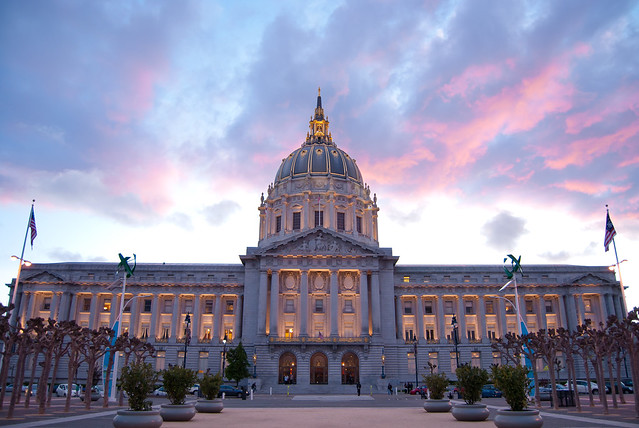What’s at Stake
As the 2020 Census approaches, California is implementing efforts to ensure that all its hard-to-count communities are counted. A complete count is crucial for the U.S. in general, but California specifically has a lot to lose from an undercount within the state. Despite it having the most seats in the U.S. House of Representatives, for the first time in history, California is in jeopardy of losing not only one, but two seats, as well as billions of dollars in public funds.
In order to avoid losing political representation and federal funds, many counties within California are developing outreach and communication campaigns so that an undercount does not occur. San Francisco, one of the hardest to count counties nationwide, has committed itself to minimizing barriers of participation and to making sure that everyone is counted.
What’s at Stake for San Francisco

Approximately 25 percent of San Francisco’s population is hard to count, so the effects of an undercount would be drastic.(1) San Francisco could lose $1.9 billion for Section 8, a program that provides low-cost housing for low-income households, $98 million for Headstart, a program that fosters the education of young children from low-income families, and $102 million for Title 1, a districtwide program that aims to raise the academic achievement of schools where 40 percent of its students are from low-income families.
Taking Matters into Their Own Hands
To tackle the count, San Francisco has budgeted millions of dollars for Census outreach efforts in addition to their state-allocated funding, and has assembled a Complete Count Committee as well as an assistance center. Recently, the San Francisco Foundation publicly opposed the inclusion of the citizenship question and has provided support to the Bay Area Census Funders Collaborative, which has issued grants for 2020 Census education and outreach.(2)
United Way Bay Area is administering $1.5 million in funding from the state for organizations helping to achieve an inclusive and complete count. East Bay Community Foundation has raised $2.6 million that it will be granting.
Although funding is imperative for outreach strategies to continue, there is also a need for grassroots efforts and on-the-ground mobilization to reach hard-to-count populations.(3) These communities must be able to trust the Census and see how they are directly impacted by it. Numerous San Francisco organizations like SF Rising, Code Tenderloin, and Catholic Charities have begun educational campaigns to educate their communities on the relationship between the Census and their public benefits.(4)
San Francisco’s Office of Civic Engagement & Immigrant Affairs is forming a coalition — Art + Action — of art leaders, philanthropists, entrepreneurs, and organizations mobilizing around the 2020 Census and utilizing art to humanize this highly politicized issue. They are using art’s unique ability to transcend cultural and language barriers to motivate and activate communities to participate in the Census and be counted.
San Francisco’s goals are to reach a 73 percent self-response rate and to increase participation of hard-to-count communities by 10 to 15 percent. By leveraging community partners, government assistance, and on-the-ground efforts, they are ensuring that all of the levers are in place to secure a complete count.

(1) Ida Mojadad. April 4, 2019. “2020 Census Workers Brace for Tough S.F. Count.” SF Weekly. http://www.sfweekly.com/news/2020-census-workers-brace-for-tough-s-f-count/
(2) Tessa Rouverol Callejo. July 18, 2019. “Census 2020: Mobilizing to Get Out the Count.” San Francisco Foundation. https://sff.org/census-2020/
(3) ibid.
(4) Ida Mojadad. July 31, 2019. “San Francisco Represents Huge Challenge for 2020 Census.” SF Weekly. http://www.sfweekly.com/news/san-francisco-represents-huge-challenge-for-2020-census/

